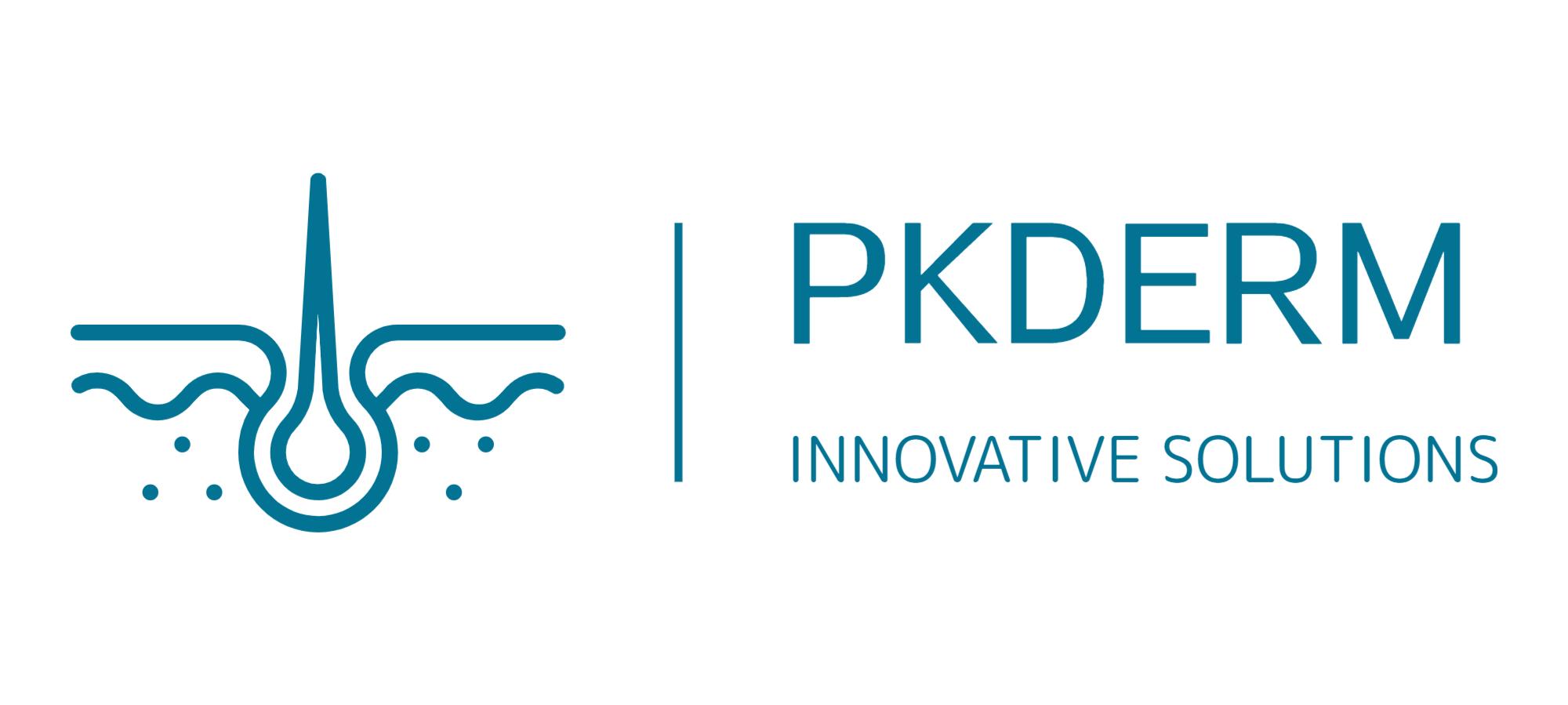
OpenTox Virtual Conference 2021 Session 13
The use of in silico models and read-across for ecosystems. Integrating multiple perspectives
Istituto di Ricerche Farmacologiche Mario NEGri IRCCS, Milano, Italy
In silico models and non-testing systems offer a large set of tools beneficial for the risk assessors. These tools should be considered in an integrated way, where each tool is part of a larger system. The results from QSAR models and read across have to be compared and integrated with reasoning about the features associated to the effect, within a weight of evidence (WoE) strategy. The conceptual framework useful for this approach is the EFSA Guidance on WoE, addressing the individual lines of evidence, and then integrating them, considering their relevance, reliability, and consistency.
Furthermore, tools for hazard can be integrated with tools for exposure, in order to get a full risk assessment within the same architecture.
We will provide examples produced within the VERMEER LIFE project, and discuss the results.
CV: Emilio Benfenati is the head of the Department of Environmental Health Sciences at the Mario Negri Institute, Milan, Italy. He has been a researcher at Stanford University, California in 1984 (in that period he also had collaborative research at Berkeley University, California, USA).
He coordinates/coordinated 21 European projects and participates/participated in more than 50 projects in total. He is the main developer of VEGA, ToxRead, and other in silico platforms, used by European bodies, such as ECHA and EFSA, and linked to the OECD QSAR Toolbox and AMBIT (the CEFIC platform). Research activities related to the toxicological, ecotoxicological, and environmental properties of substances, risk assessment, prioritization of chemicals, and identification of safer substances. He is the author or co-author of about 450 papers in international journals and edited a few books. He organized some conferences, including SETAC 2011 and QSAR 2014.


